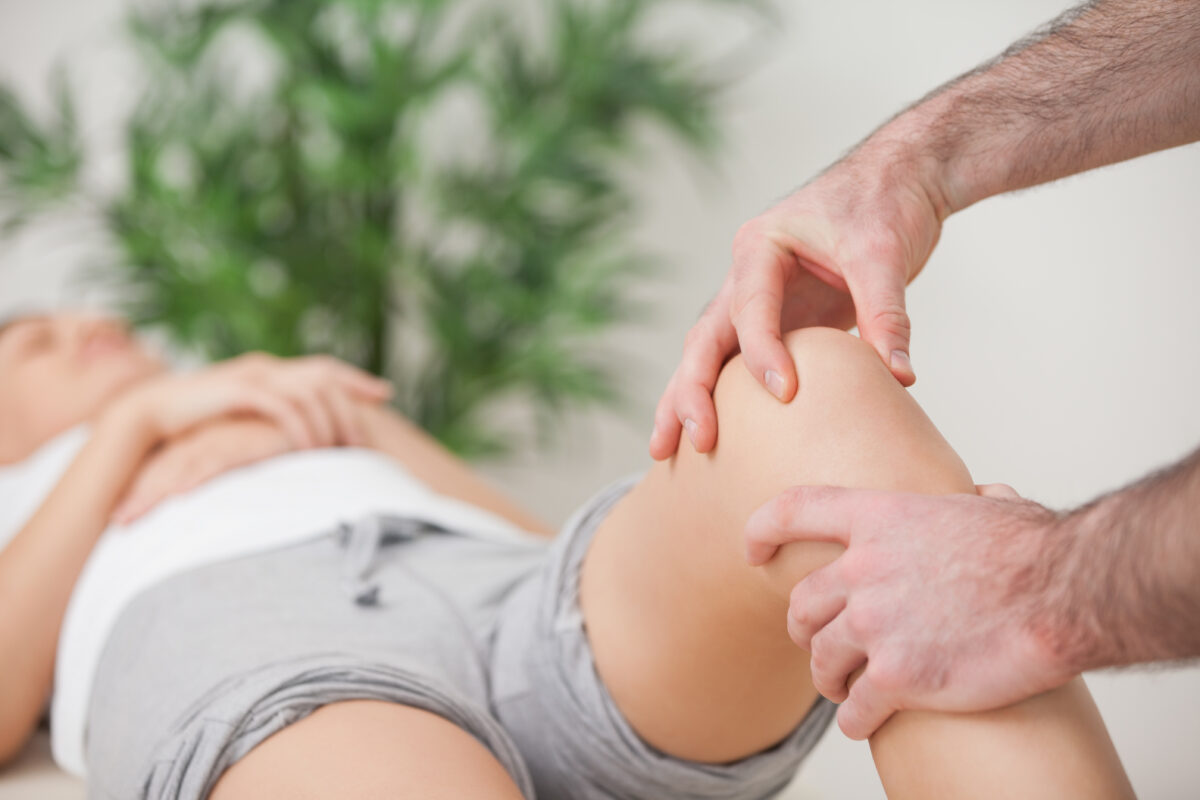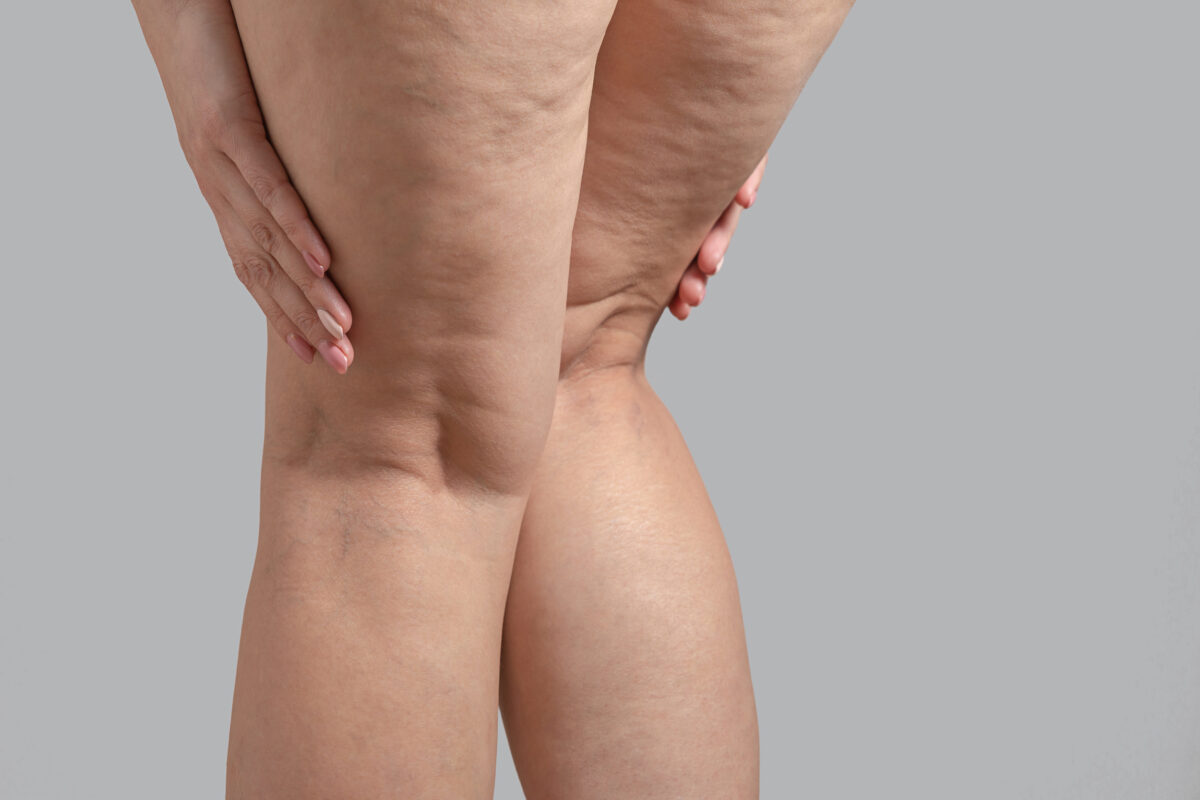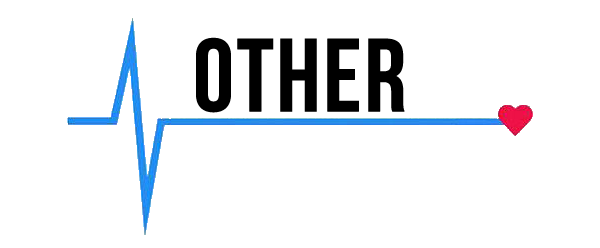Thigh pain can make everyday movements challenging. Walking, climbing stairs, or even sitting for long periods may feel uncomfortable. Sometimes it comes from overuse or a minor injury, but it can also signal a more serious condition that needs medical care.
This article explains the possible reasons your thighs hurt, what symptoms to watch for, and how a healthcare provider can help you find relief. We’ll also cover when to seek urgent care and what treatment options are available.
Common Causes of Painful Thighs
Several medical conditions can cause discomfort in the thigh. Some are minor and improve with rest. Others may require medical attention.
Muscle Injuries
A painful thigh muscle is often caused by a muscle strain. It happens when thigh muscles stretch or tear during physical activity.
Symptoms include swelling, tenderness, and pain when moving the affected leg. Injuries in the groin area or the outer side of the thigh are also frequent in athletes.
Joint and Bone Problems
Pain can also begin in the joints or bones and spread to the thigh. Osteoarthritis in the hip often causes aching in the affected area.
Hip bursitis inflames the soft tissues around the joint, which leads to pain when walking or climbing stairs. A femur fracture can cause severe pain and usually needs urgent medical care.
Nerve Problems
Certain nerve problems can cause sharp, burning, or tingling sensations in the thigh. One example is meralgia paresthetica, which involves compression of the lateral femoral cutaneous nerve.
It often leads to burning pain or numbness on the outer side of the thigh. Conditions affecting the lower spine or spinal cord can also create radiating nerve pain.
Deep Vein Thrombosis and Varicose Veins
Poor blood flow or blood clots may result in thigh pain. Deep vein thrombosis occurs when a clot forms in the lower leg, thigh, or pelvis. It can cause swelling, warmth, and pain in one leg.
In rare cases, clots can travel to the lungs, which requires immediate medical attention. Varicose veins can also create a heavy or aching feeling in the thigh.
Other Causes
Less common sources of thigh pain include infections in the muscle or soft tissues. Sometimes pain is referred from another area, such as a hernia in the abdominal wall.
Tumors of the bone or muscle, while rare, can also cause discomfort in the thigh. Recent surgery, like a hip replacement, may leave lingering pain in the affected area.
When to See a Doctor for Thigh Pain
Some thigh pain improves with rest, ice packs, and over-the-counter pain relievers. But certain symptoms require medical attention.
Contact a healthcare professional if you feel leg pain so severe that it prevents walking, standing, or putting weight on your body.
If the affected area becomes swollen, warm, or visibly red, this could indicate a clot or infection. These conditions need prompt evaluation and treatment by a doctor.
Call for help immediately if your leg pain comes with sudden chest pain, difficulty breathing, or coughing up blood. These signs may mean a clot has moved to your lungs, which is life-threatening.
A healthcare professional may recommend a physical exam, review your medical history, and order tests for an accurate diagnosis.
How Do Doctors Diagnose Thigh Pain?
A clear diagnosis starts with a healthcare provider listening to your symptoms and reviewing your medical history. This conversation helps identify possible causes based on your activities, injuries, or chronic conditions.
The provider usually performs a physical exam to check your leg, knee, and hip. They may gently press or use a light touch to find tender areas or check your range of motion. Observing how you walk or stand can also reveal which muscles, joints, or nerves are affected.
If the cause remains unclear, your provider may recommend imaging tests. An X-ray can detect fractures or arthritis. Magnetic resonance imaging shows soft tissue injuries involving muscles, tendons, or ligaments.
What Are the Treatment Options for Thigh Pain?
Treatment focuses on the underlying cause and relieves discomfort. Many mild cases improve with home care and patience.
For minor injuries, your doctor may recommend:
- Resting the affected area to let the body heal without added strain
- Applying ice packs for a few hours each day to help reduce inflammation
- Wearing loose clothing to avoid rubbing or compressing sore thigh muscles
Pain relievers can ease discomfort during recovery. Some doctors also recommend physical therapy to build strength, improve flexibility, and help prevent strains during repetitive activities.
For circulation problems, doctors may suggest:
- Wearing compression stockings to improve blood flow and reduce swelling
- Maintaining a healthy weight to take pressure off joints and soft tissues
In severe cases, surgery may be required to repair tissue damage, stabilize a joint, or remove a clot. Each treatment plan is personalized to your condition and supports recovery at a safe pace.
How Can You Prevent Thigh Pain?
Practicing healthy habits can reduce the risk of thigh pain and support your body during daily movement. Begin by warming up before exercise to prepare the muscles and promote healing if they have been strained. Stretching afterward keeps the thigh muscles flexible and improves circulation.
Increase activity levels gradually to give your body time to adjust without putting too much stress on the joints. Use proper technique during sports or when wearing a tool belt to avoid uneven strain on the hips and thighs.
Maintaining a healthy weight helps protect the hips, knees, and thigh muscles from added pressure. Wearing clothing that isn’t too tight also prevents unnecessary pressure on nerves and soft tissues.
Relieve Thigh Pain With Help From Wellness and Pain
Thigh pain can make it hard to move comfortably and can interfere with everyday activities. Muscle injuries, nerve compression, or circulation issues are just a few possible causes. Identifying the cause early can make recovery easier and help you feel better sooner.
Wellness and Pain provides advanced diagnostics with targeted medical care. Many treatments are minimally invasive and can often be done in-office without a long recovery. Joint injections, nerve treatments, and therapies for circulation problems all work toward restoring comfort and improving mobility.
Additional therapies support overall comfort and improve related conditions. Weight management programs reduce strain on joints and muscles. Massage therapy, acupuncture, and hormone therapies relieve pain and improve physical and mental well-being.
Request an appointment with Wellness and Pain today.
FAQs About Painful Thighs
What does it mean when your thighs are hurting?
Pain in the thighs often comes from a muscle strain, joint irritation, or nerve compression. Some causes are mild, while others may signal an underlying condition that needs evaluation by a healthcare professional.
What diseases cause thigh pain?
Chronic conditions like arthritis, nerve compression in the lower spine, and deep vein thrombosis can cause thigh pain. Infections, tumors, or referred pain from other parts of the body may also contribute to pain in the thigh.
What deficiency causes thigh pain?
Deficiencies in certain vitamins and minerals can lead to muscle weakness, cramps, and discomfort. Speaking with your doctor helps identify if a deficiency is contributing to the symptoms.
Is thigh pain related to the heart?
In some cases, leg pain caused by blood clots may relate to cardiovascular problems. A clot in the affected leg can travel and cause serious complications, which require prompt medical attention.













